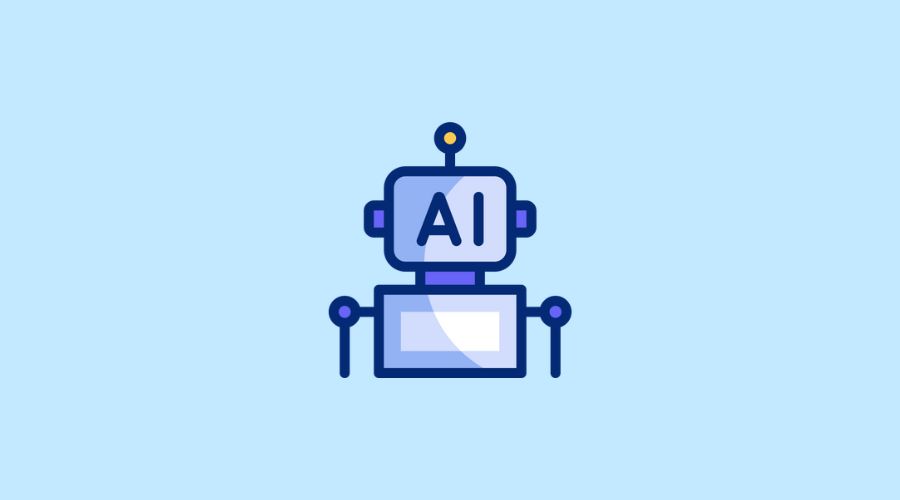AI Developer Career Guide – Roadmap Explained

Artificial Intelligence, or AI, is revolutionizing industries, changing how we engage with technology, and shaping the future of our work. At the core of this transformation are AI developers. Experts who translate algorithms into practical applications. This piece delves into the world of AI developers, from creating algorithms to implementing them in real-world scenarios, shedding light on the obstacles and achievements they face along the journey.
The Beginning: Crafting Algorithms
The road of an AI developer commences with formulating algorithms. Structures that empower machines to learn, think critically, and make choices. This phase demands understanding computer science, mathematics, and specialized knowledge in a domain. To effectively develop and implement algorithms in real-world scenarios, companies ought to hire AI developers with the skills to turn concepts into tangible, meaningful outcomes.
Establishing the Groundwork
AI developers start by understanding the problem they aim to solve and by gathering data. Data serves as the lifeblood of any AI system, providing material for deriving insights. Preprocessing data. Purifying, standardizing, and organizing it. Serves as a stage that ensures quality and reliability in analysis.
In healthcare, AI developers may compile patient records, medical images, and genetic information to create algorithms for forecasting disease outcomes. This task requires both prowess and familiarity with medical jargon and ethical considerations.
Building the Model
Once the data is prepared, AI developers will choose algorithms and models. Machine learning models, such as decision trees, neural networks, and support vector machines, are trained to identify patterns and make predictions from data. This stage involves testing and validation to confirm the model’s accuracy and reliability.
For instance, an AI app and a web development team working on a vehicle project would use algorithms to process data from sensors and cameras, enabling the vehicle to navigate complex environments safely.
Also Read: Ways to Level-Up Customer Management with CRM-Integrated Chatbots
Middle Ground: Connecting Theory with Application
Transitioning from concepts to real-world applications poses challenges for AI developers. This phase includes integrating AI models into software systems, optimizing performance, and ensuring scalability.
Incorporation and Enhancement
Incorporating AI models into existing systems necessitates consideration of software architecture and performance enhancement. AI developers collaborate closely with software engineers to incorporate AI features into applications, ensuring operation on hardware.
For example, integrating an AI model for transaction detection into a banking system must be done without affecting transaction processing speed. This involves optimizing the model to handle large amounts of data efficiently.
Making sure AI systems can handle growth
AI applications must be scalable, especially those that handle large data volumes or serve users simultaneously. Developers must create systems that can scale smoothly by leveraging cloud computing and distributed processing.
Imagine a recommendation system on a shopping platform that must accommodate millions of users and products. To meet this demand effectively, AI developers utilize cloud solutions and parallel processing techniques.
Also Read: The Role of Artificial Intelligence (AI) In SEM
Moving into the Real World: Implementing Practical Applications
The final step in an AI developer’s journey is deploying AI applications in real-world settings. This phase requires monitoring, upkeep, and enhancements to keep the application efficient and up to date.
Rollout and Oversight
Deploying AI applications involves establishing an infrastructure to oversee and maintain them. Developers use logging tools and monitoring systems to assess application performance and identify anomalies.
AI-driven predictive maintenance system for equipment needs oversight to predict machinery failures accurately. Developers create dashboards and alerts to monitor the systems’ well-being and performance.
Continuous Enhancement
AI applications need refinement and updates to stay relevant amid changing data landscapes and evolving demands. AI programmers update models with new information, adjust algorithms, and upgrade software to maintain the application’s effectiveness.
For instance, a language translation tool must learn from linguistic data to enhance accuracy and support additional languages. To stay competitive, developers regularly enhance the app’s models and algorithms.
Facing Challenges and Celebrating Successes
The journey from crafting algorithms to implementing applications is rife with obstacles but also punctuated by achievements. Developers encounter intricacies, ethical dilemmas, and shifting industry norms.
Creating and launching AI applications involves surmounting challenges ranging from data quality issues to algorithm biases. Developers must be troubleshooters who persistently refine their solutions through iteration.
For example, a social media platform developing content moderation tools must address biases in AI algorithms that could result in the treatment of groups. This necessitates testing and validation processes to ensure equity and precision.
Ethical considerations are important in AI software development. Developers must ensure their applications uphold privacy standards, prevent discrimination, and promote transparency and accountability.
Developers producing AI-powered recruitment tools must verify that their algorithms do not exhibit bias based on gender, race, or other protected attributes. Implementing fairness algorithms and conducting audits to detect biases are aspects of this process.
Also Read: Example of the Usage of AI in Our Daily Lives
Wrap Up
The transition of AI developers from creating algorithms to implementing applications is fulfilling. These professionals lead the way in advancing ideas, turning concepts into practical solutions that revolutionize industries and enhance the quality of life. As intelligence advances, the role of AI developers will become increasingly crucial in developing intelligent systems and applications that will shape our future. By gaining insight into the intricacies of their work and the obstacles they encounter, we can truly grasp the influence of AI on our society.
